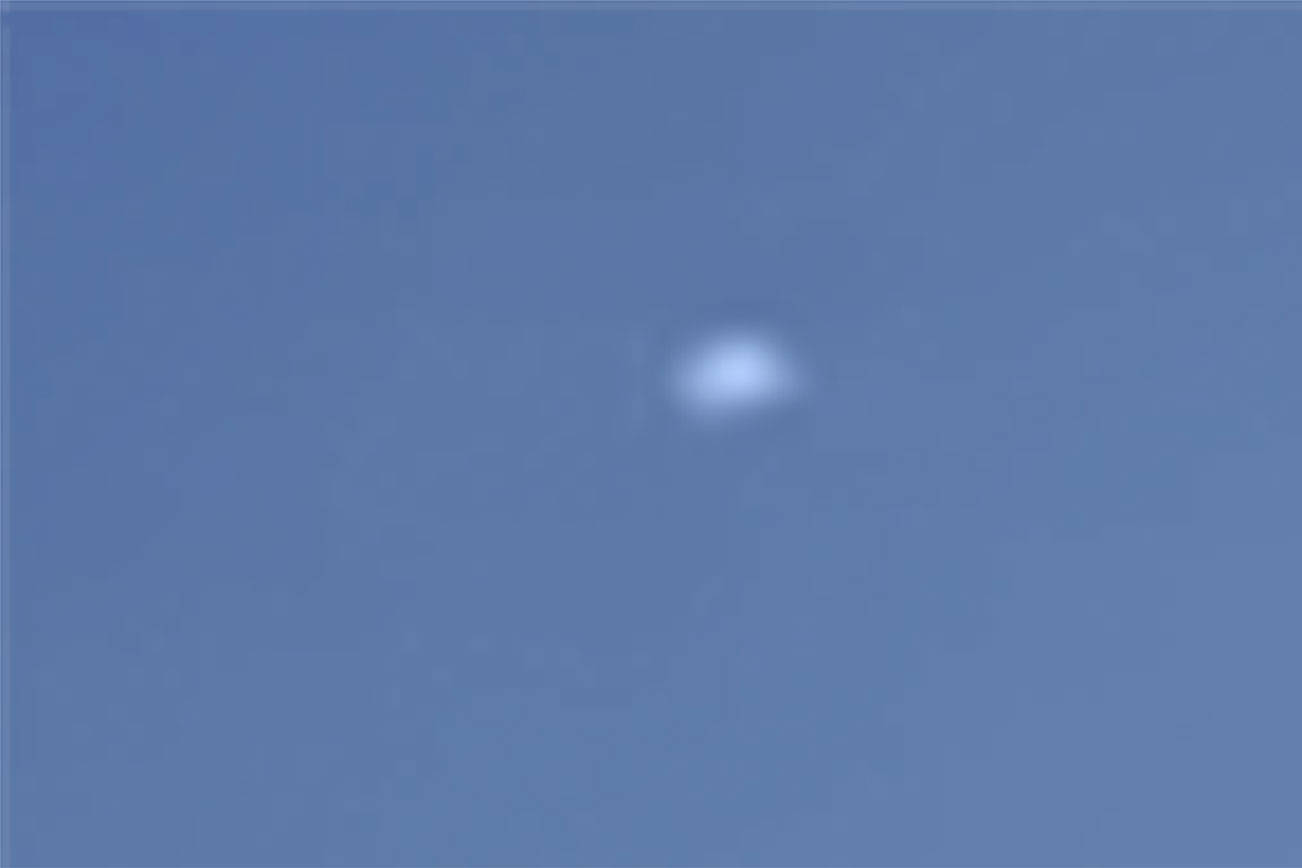It was the sound heard all around Puget Sound.
Or, as Mountlake Terrace resident David Carlos named it, “The Quarantine Boom of 2020.”
Likely, it was a meteor’s sonic boom that sent vibrations through the region shortly after 7 p.m. May 6, scientists said.
Carlos said he was watching television, his cat sleeping soundly beside him, when he felt a dull shake in his home. The cat startled. Carlos’ wife said something must have hit the house. So he put on his slippers and went to investigate.
Maybe a neighbor threw something bigger than the usual Frisbee or soccer ball against the side of the house?
No.
Perhaps a dead bird crashed on the roof?
Nope.
He went back inside, thinking that possibly a large shelf went tumbling down. “Hey, it’s happened before,” he wrote in an email to The Daily Herald.
Still nothing.
It wasn’t until he went on Facebook that he learned he wasn’t the only one who saw or felt something. A lot of people did.
The boom was reportedly heard by Seattle residents as well as people and King County communities such as Bothell and Kenmore. In Snohomish County, residents reported hearing the sound from Brier, Mountlake Terrace, Lynnwood, Edmonds, Mukilteo and Everett.
The Bainbridge Island Review compiled reports from across Kitsap County. One person likened the sound to the Motel 6 gas explosion in Bremerton five years ago. Another wrote on Facebook, “On 10th and Pennsylvania and our s*** got ROCKED.”
One by one, theories were eliminated. It couldn’t have been thunder, and it probably wasn’t an explosion. Some guessed it was an earthquake. Yet the U.S. Geological Survey hadn’t reported any quakes in the region at that time — not even a tiny one.
The leading contending theory right now is that it was a meteor.
Scott Story, a 49-year-old Brier resident, captured evidence supporting that idea in a video he uploaded on YouTube May 6, under the title, “Fireball meteor with sonic boom in Seattle on May 6 2020.” By the next day, the video had been viewed 23,000 times and counting.
Story said he he was getting ready to make dinner when he heard a boom. At first he figured it must’ve been a jet. He turned to the internet. There, he saw someone post about seeing a meteor streak in the sky. So Story immediately checked his house cameras.
Sure enough, a camera facing to the west and a little bit to the south captured something: A brief, bright streak across the sky. Then, three minutes later, a sonic boom could be heard.
Fancying himself an amateur astronomer, Story said he has seen plenty of meteors in his life, but none that lit up the sky in broad daylight — and none that created a sonic boom that could be felt for miles.
Toby Smith, a senior lecturer in astronomy at the University of Washington, looked at the video and agreed that the fireball seen in it likely created a sonic boom.
“It sort of screams this was a meteor that entered the earth’s atmosphere,” he said.
To Smith, the meteor looked like it broke up fairly high in the atmosphere, judging by how briefly the streak could be seen. But it appeared big enough to cause a sonic boom. Since meteors can hit the top of the atmosphere at more than 25,000 mph, they can easily break the sound barrier. The meteor probably broke apart before hitting the ground, Smith said, but there’s a slim chance that some fragments hit land or water, Smith said.
Smith said meteors break through the atmosphere every day, but usually over the ocean or some other wide open space. What’s unusual about this case, he said, is that the meteor happened to break through over a densely populated area, at a time when people were out and about.
So far, 12 people have reported seeing the fireball to the American Meteor Society, showing a trajectory going from west to east across Puget Sound. But fireball report coordinator Robert Lunsford said he’d need at least a hundred reports to start developing accurate data on which way the meteor went, where it was first visible and where it disappeared.
As for where the meteor came from, Lunsford said it likely was a random event, and not part of the Eta Aquarid meteor shower happening right now. That space debris — essentially scraps left behind by Halley’s Comet — most typically becomes visible around 3 a.m., he said.
The debris that creates those meteor showers can be as small as grains of sand, and much too tiny to cause a sonic boom, Smith said. He guessed the May 6 fireball came from our solar system’s asteroid belt — a chunk of rock, at least the size of a baseball, that coincidentally arrived at the same time as the Eta Aquarid shower.
Lunsford noted some people online appeared disconcerted by the sonic boom. But at least in this case, they shouldn’t be. He called the event “something perfectly natural to lighten up our life.”


